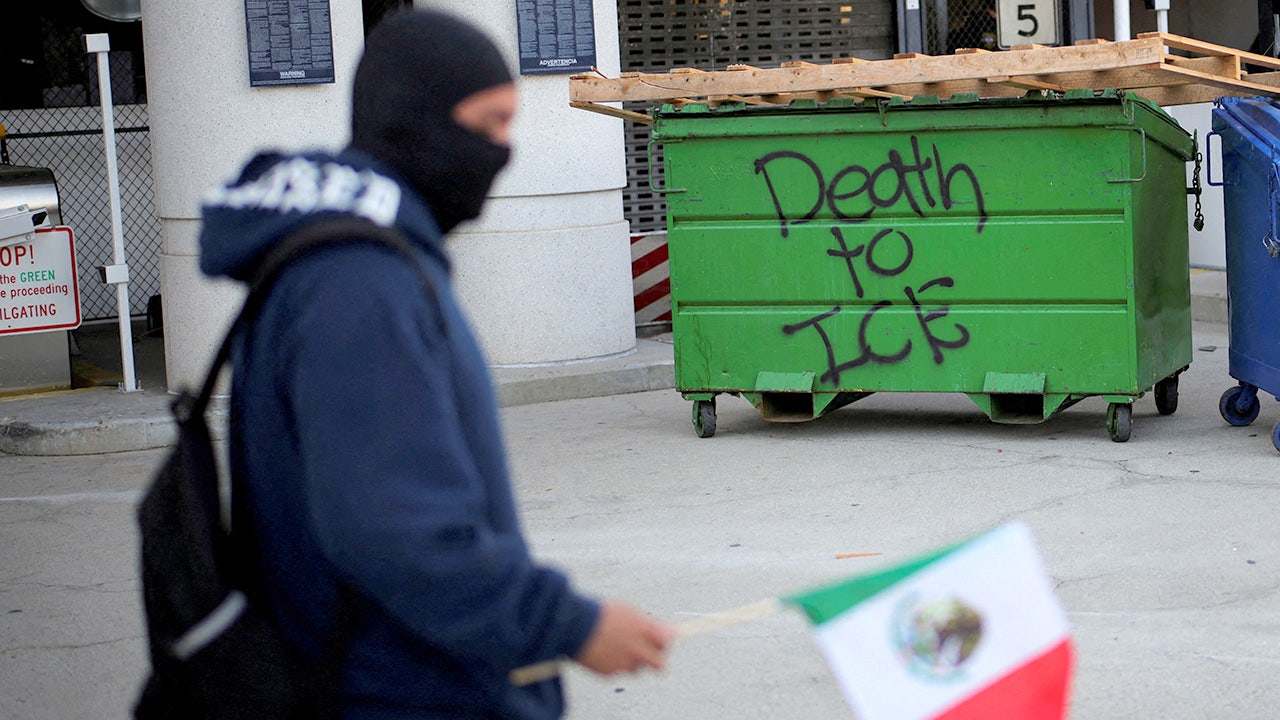AI Threat to ICE Agents: New Tech Risks Exposing Identities and Amplifying Safety Concerns

The rapid advancement of Artificial Intelligence (AI) is raising serious concerns within the U.S. Immigration and Customs Enforcement (ICE) agency. ICE Director Todd Lyons has issued a stark warning: AI technology could be exploited by “fringe organizations” to identify and target ICE agents, potentially escalating safety risks. This warning comes amidst ongoing debates surrounding the VISIBLE Act legislation and a dramatic surge – an 830% increase – in assaults against immigration officers.
Lyons’ concerns highlight a critical vulnerability in the current landscape. As AI tools become more sophisticated, they offer the potential for malicious actors to analyze publicly available data, including social media posts, news articles, and even seemingly innocuous online activity, to piece together agent identities and operational patterns. This information could then be used to harass, intimidate, or even physically harm ICE personnel.
The VISIBLE Act, proposed legislation intended to protect ICE agents from political violence, is currently under consideration. While the Act aims to enhance security measures and provide legal recourse for agents facing threats, Lyons argues that it doesn't adequately address the emerging AI-driven threat. He emphasizes the need for proactive strategies to mitigate the risks posed by AI-powered surveillance and targeting.
The alarming 830% increase in assaults on immigration officers further underscores the escalating dangers faced by these individuals. This surge in violence is attributed to a complex interplay of factors, including heightened political polarization, anti-immigrant sentiment, and increasingly aggressive tactics employed by those seeking to obstruct immigration enforcement.
The AI Factor: A New Dimension of Risk
What distinguishes the AI threat from traditional security concerns is its scale and sophistication. AI algorithms can process vast amounts of data far more quickly and efficiently than humans, allowing malicious actors to identify patterns and connections that would otherwise go unnoticed. This capability makes it easier to build detailed profiles of ICE agents, including their routines, contacts, and vulnerabilities.
Furthermore, deepfake technology and other AI-powered tools can be used to create convincing disinformation campaigns designed to discredit ICE agents and incite violence against them. The potential for AI to amplify existing threats and create new ones is a major cause for concern.
Addressing the Challenge: A Multi-faceted Approach
Combating the AI-driven threat to ICE agents requires a comprehensive and multi-faceted approach. This includes:
- Enhanced Cybersecurity Measures: Strengthening ICE's cybersecurity infrastructure to protect agent data and prevent unauthorized access to sensitive information.
- AI Threat Detection and Mitigation: Developing and deploying AI-powered tools to detect and counter AI-driven threats, such as disinformation campaigns and identity theft.
- Agent Training and Awareness: Providing ICE agents with training on how to protect their personal information online and recognize potential threats.
- Legislative Action: Revising the VISIBLE Act to specifically address the AI-driven threat and provide ICE with the necessary tools and resources to protect its agents.
- Public Awareness Campaigns: Educating the public about the importance of respecting the safety and security of ICE agents and the dangers of inciting violence.
The challenges facing ICE are evolving rapidly, and the agency must adapt to stay ahead of the curve. By proactively addressing the AI-driven threat and strengthening its overall security posture, ICE can help ensure the safety and well-being of its agents and continue to effectively enforce immigration laws.
The future of immigration enforcement depends on the ability of agencies like ICE to safeguard their personnel. Ignoring the potential risks posed by AI would be a grave mistake, leaving agents vulnerable to exploitation and jeopardizing the vital work they do.





